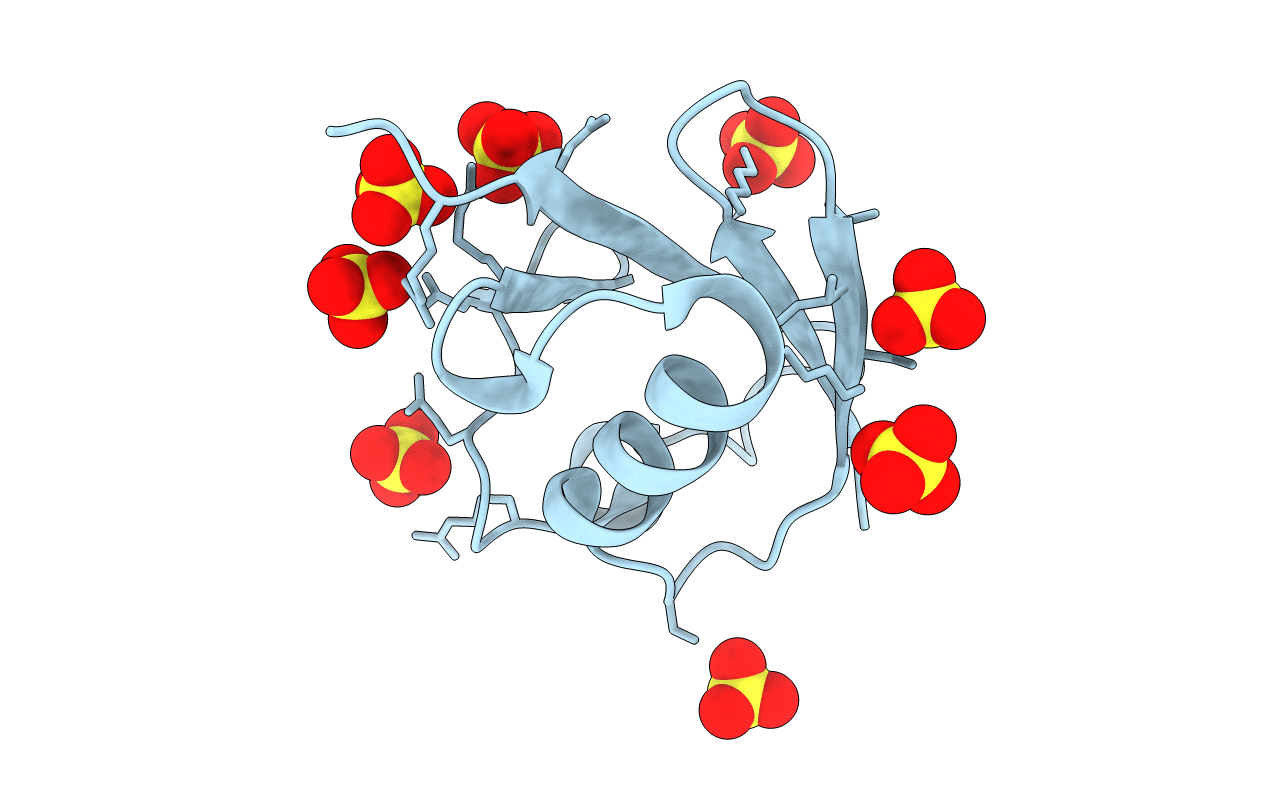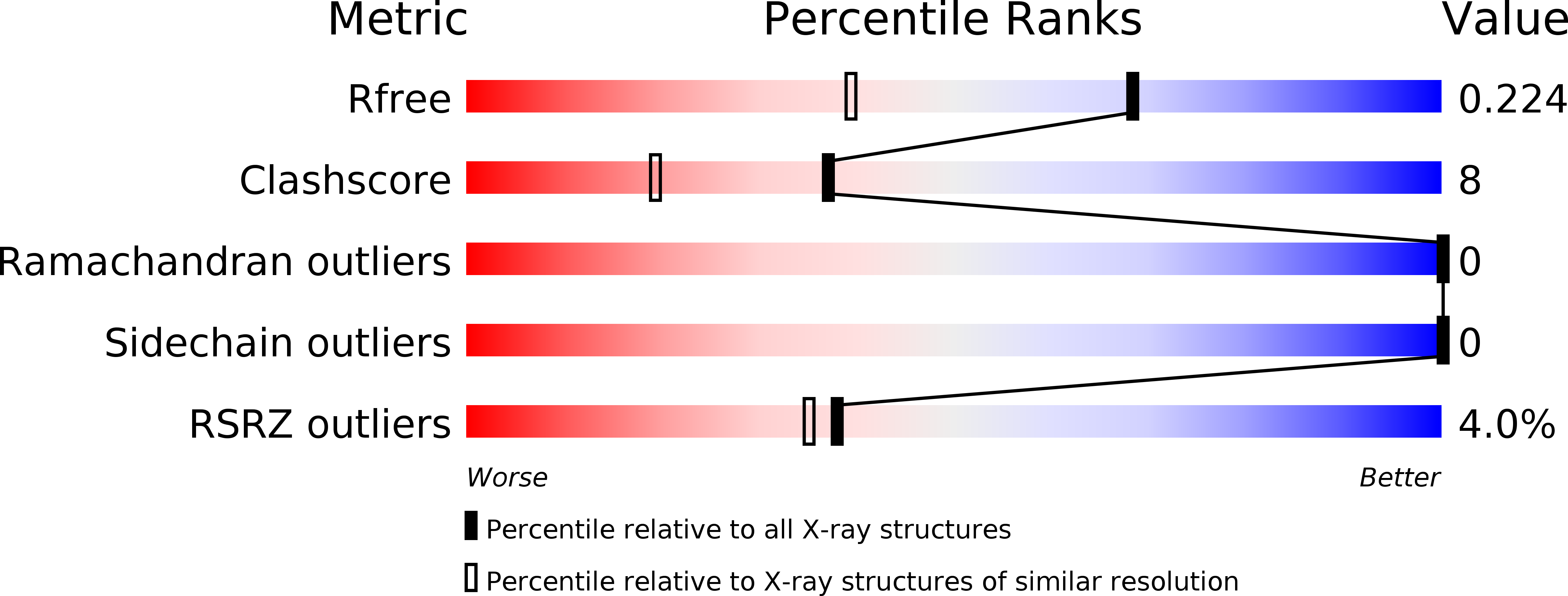
Deposition Date
2017-09-06
Release Date
2017-11-22
Last Version Date
2024-11-13
Method Details:
Experimental Method:
Resolution:
1.60 Å
R-Value Free:
0.22
R-Value Work:
0.19
R-Value Observed:
0.19
Space Group:
P 32 2 1


